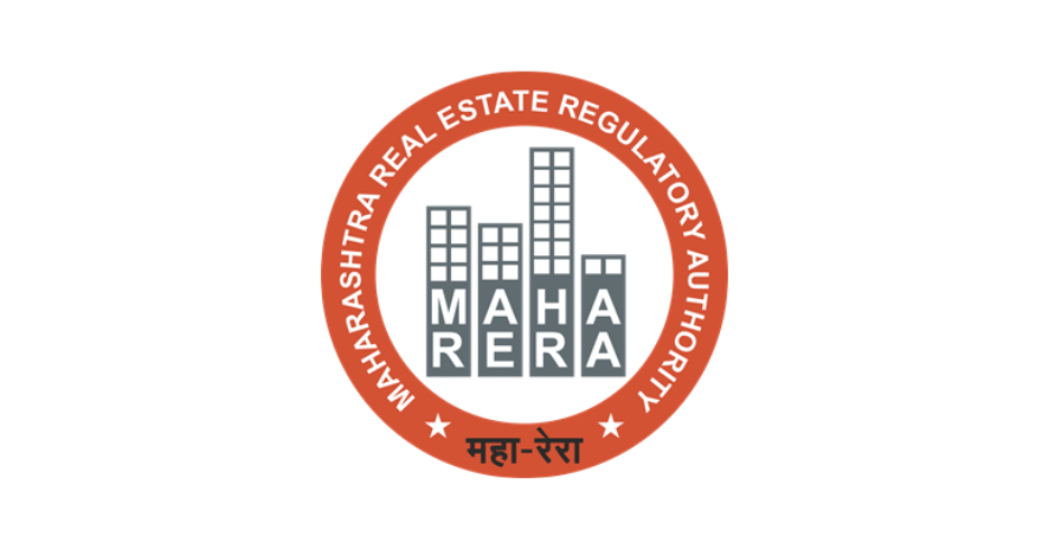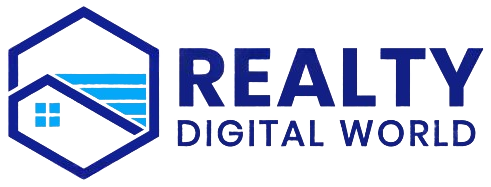Expanding RERA’s reach: Push for Accountability in Public Infrastructure
Updated on IN RERA’s current scope primarily focuses on real estate development intended for sale. It encompasses both residential and commercial building projects where individual units are sold to buyers. This regulatory framework provides a level of consumer protection and project accountability within the traditional property market. However, RERA’s jurisdiction does not extend to non-residential…

RERA’s current scope primarily focuses on real estate development intended for sale. It encompasses both residential and commercial building projects where individual units are sold to buyers. This regulatory framework provides a level of consumer protection and project accountability within the traditional property market.
However, RERA’s jurisdiction does not extend to non-residential public infrastructure projects. This means large-scale developments such as highways, metro rail lines, airports, smart city installations, and public housing schemes constructed by the government generally fall outside its purview.
These projects are often executed by government agencies or through public-private partnerships (PPPs). Critically, they do not involve the direct sale of individual units to “allottees” in the same way that real estate projects do. Consequently, a significant portion of India’s public infrastructure initiatives currently lacks a comparable level of independent oversight and regulation as seen in the real estate sector. This absence raises questions about transparency and accountability in these large-scale public works.
Challenges And Loopholes
The exclusion of public infrastructure projects from RERA’s ambit presents several challenges. One significant issue is the potential for delays and cost overruns. Without a regulatory body ensuring timelines and financial prudence, these projects become susceptible to inefficiencies. The lack of standardised contracts and dispute resolution mechanisms, as mandated by RERA in real estate, can further exacerbate these problems.
Another loophole lies in the definition of “real estate project” itself. Developers may attempt to circumvent RERA regulations by structuring projects in ways that technically fall outside its scope. For example, a project might be marketed as a “service” rather than a “sale,” or developers might create complex ownership structures to avoid triggering RERA’s applicability. This requires constant vigilance and amendment of RERA to keep up with the creative ways that developers try to bypass regulation.
The absence of RERA-like regulation in public infrastructure also affects accountability. When issues arise, such as substandard construction or environmental damage, it can be difficult to assign responsibility and seek redress. The public lacks a clear avenue for complaints and grievance resolution, unlike the protections afforded to homebuyers under RERA. This can erode public trust in government projects and hinder sustainable development.
Furthermore, the lack of standardised disclosures in public infrastructure projects hinders transparency. Information regarding project costs, timelines, environmental impact assessments, and contractor details is often not readily available to the public. This opacity makes it difficult for citizens to hold government agencies and private contractors accountable for their actions, further highlighting the need for expanded regulation in this crucial sector.
Future Expansion Plans
The possibility of extending RERA’s influence to encompass public infrastructure projects is gaining traction. Policymakers are actively exploring mechanisms to enhance regulation and accountability in this vital sector. One approach involves amending the existing RERA legislation to explicitly include certain types of public infrastructure developments within its jurisdiction.
Another potential avenue is the creation of a separate, but similar, regulatory framework specifically tailored for public infrastructure. This new body would incorporate principles of transparency, accountability, and dispute resolution, mirroring RERA’s success in the real estate sector. This approach might be better suited to the unique challenges and complexities of public infrastructure projects, such as those involving multiple government agencies and PPP arrangements.
The focus is on establishing clear guidelines for project approvals, environmental clearances, and financial management. Standardised contracts and efficient dispute resolution mechanisms are also under consideration. The aim is to ensure that public infrastructure projects are executed efficiently, ethically, and in the best interests of the public. Public consultations and stakeholder engagement will be crucial in shaping any future regulation in this area.
Furthermore, technology could play a significant role in enhancing oversight of public infrastructure development. Digital platforms could be used to provide real-time project updates, track financial expenditures, and facilitate public feedback. Such initiatives would promote transparency and empower citizens to hold project developers and government agencies accountable. The use of technology will increase efficiency and reduce the scope for corruption.
